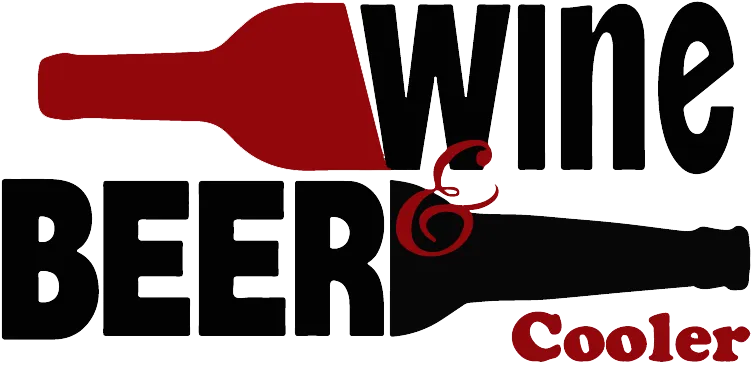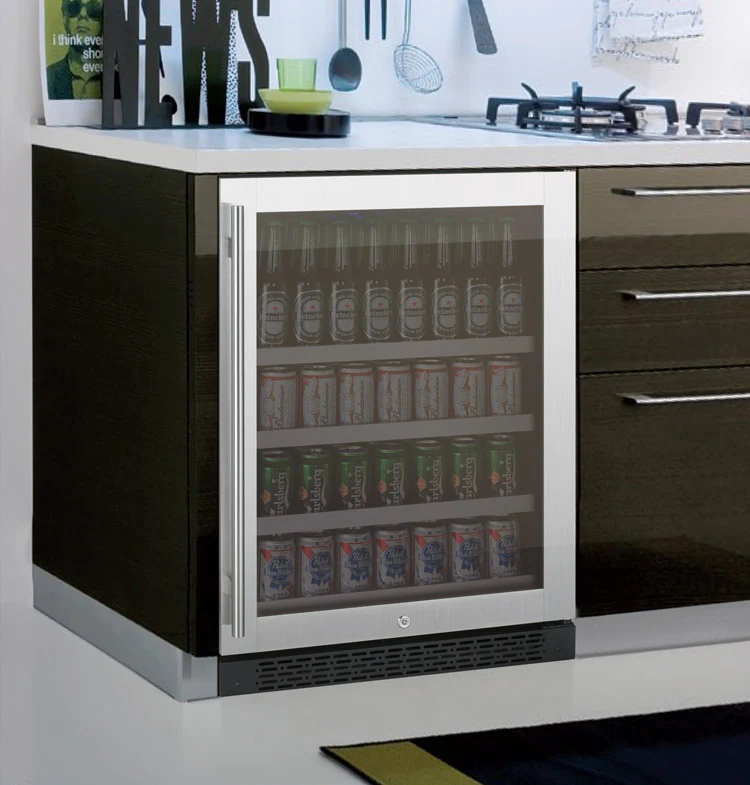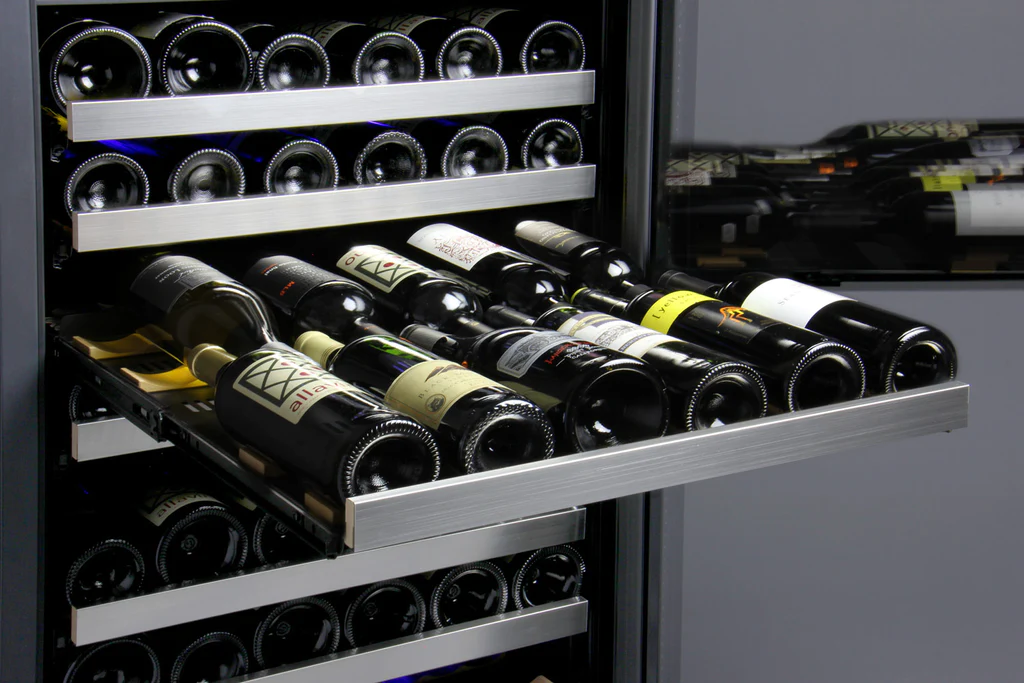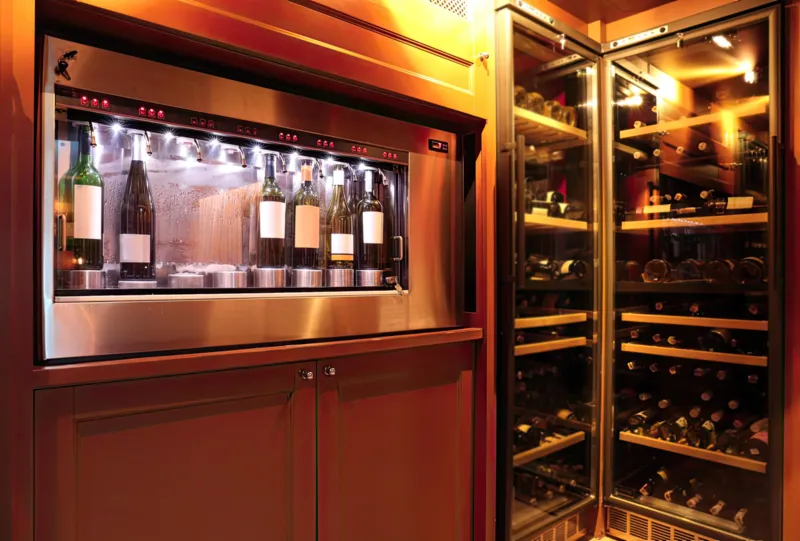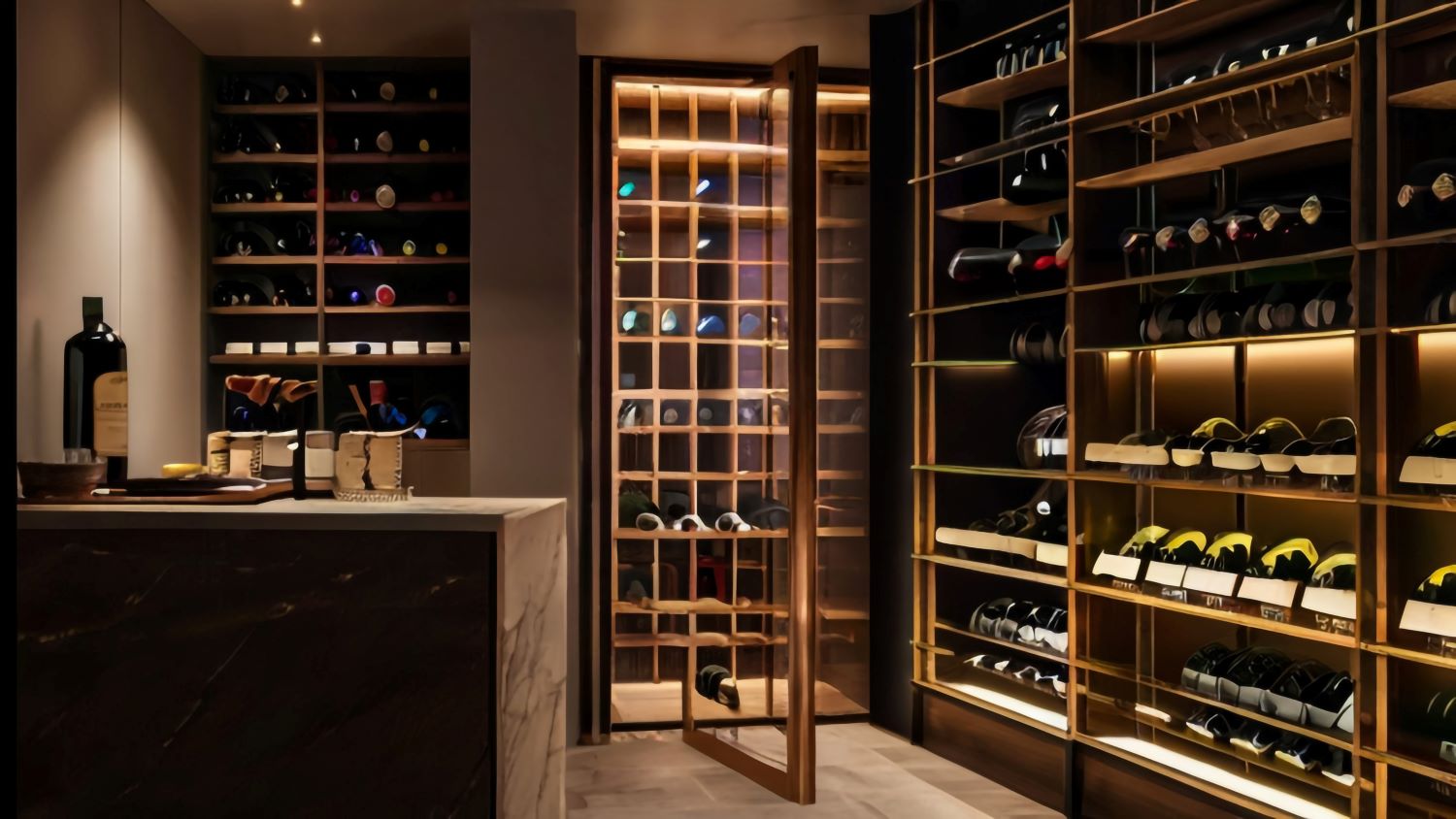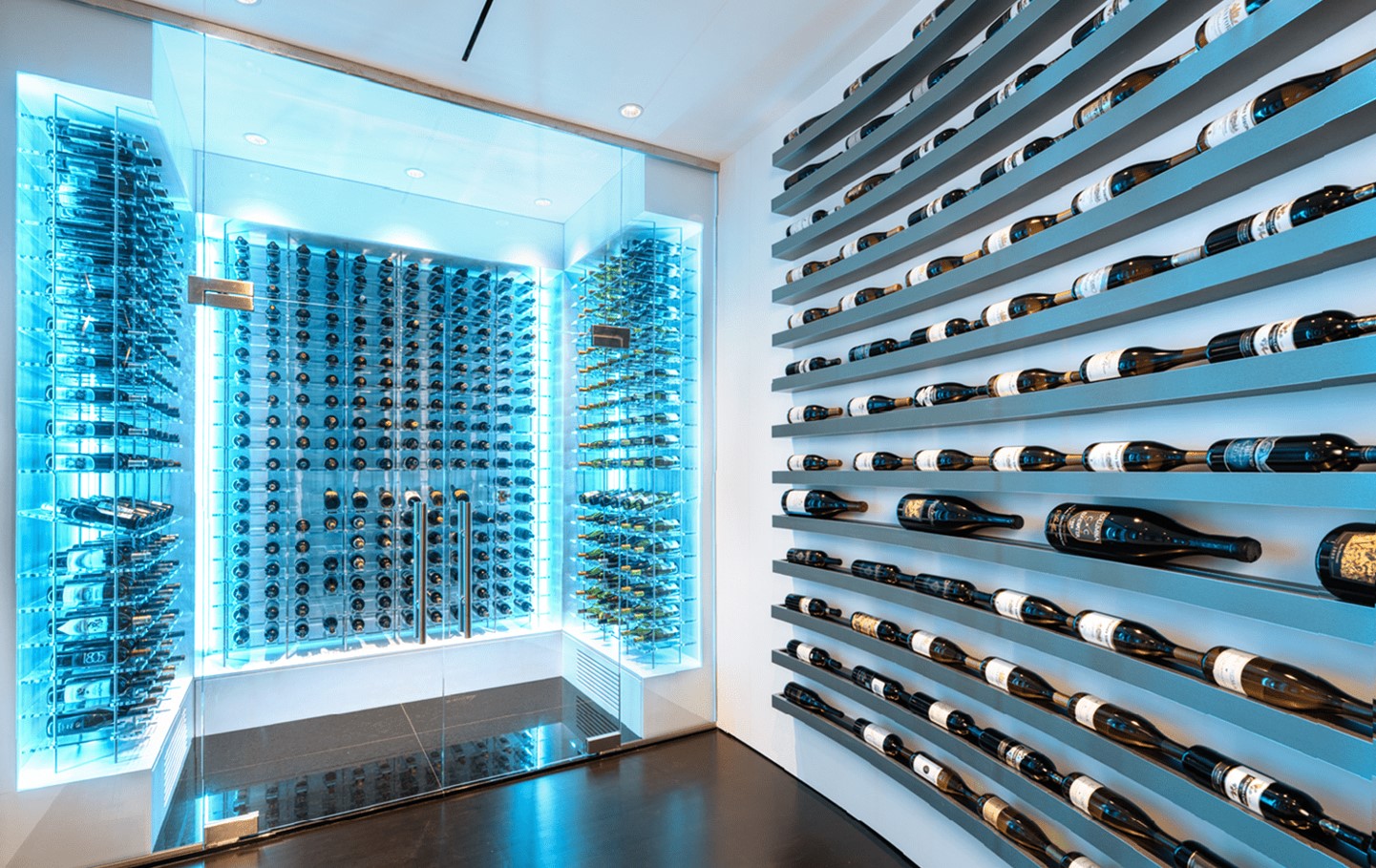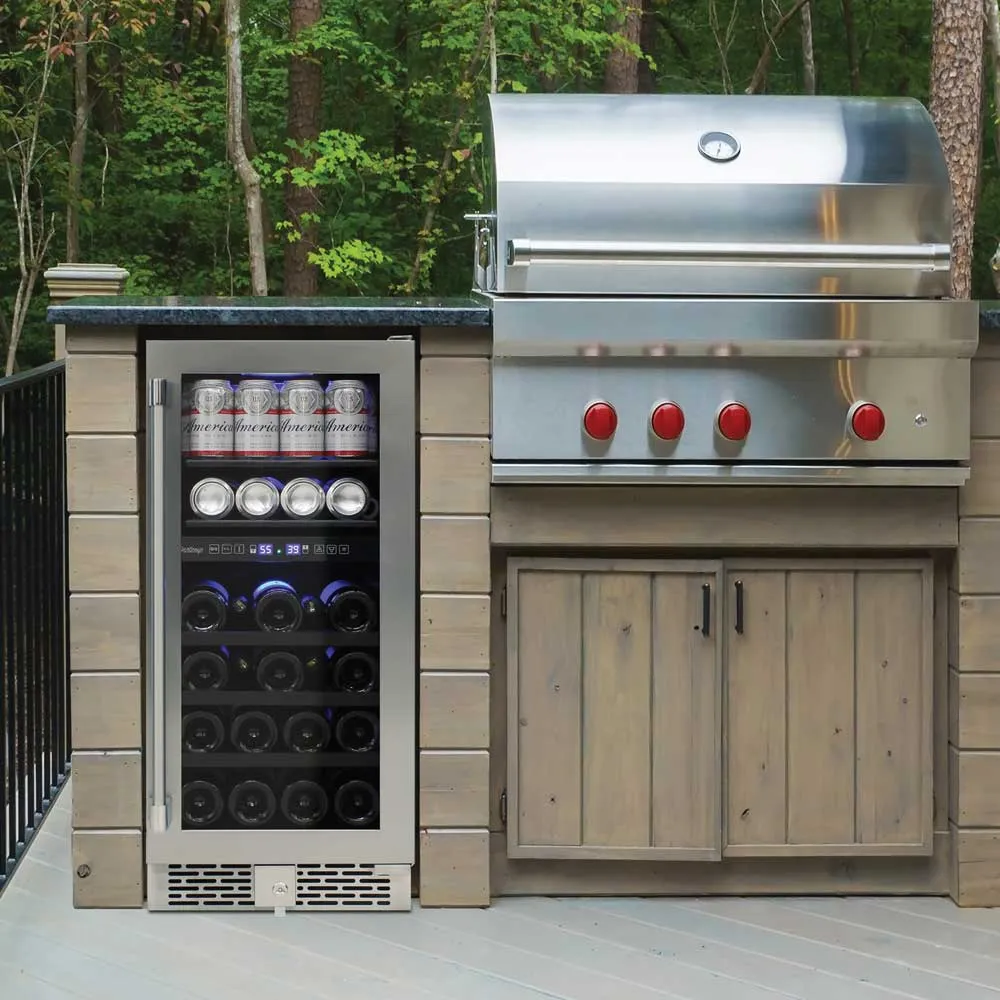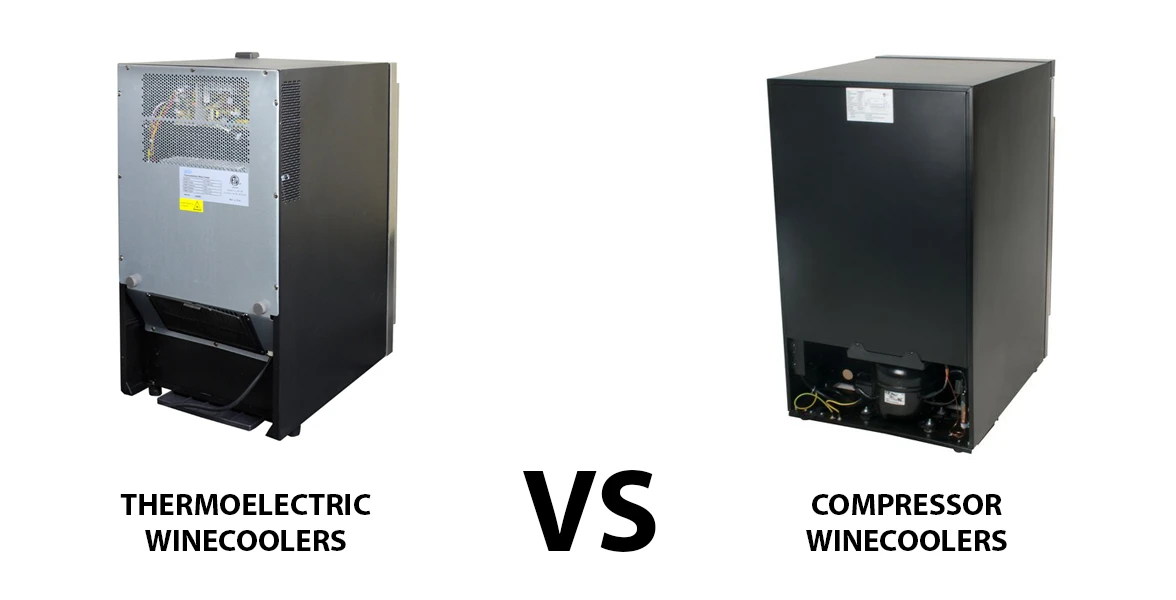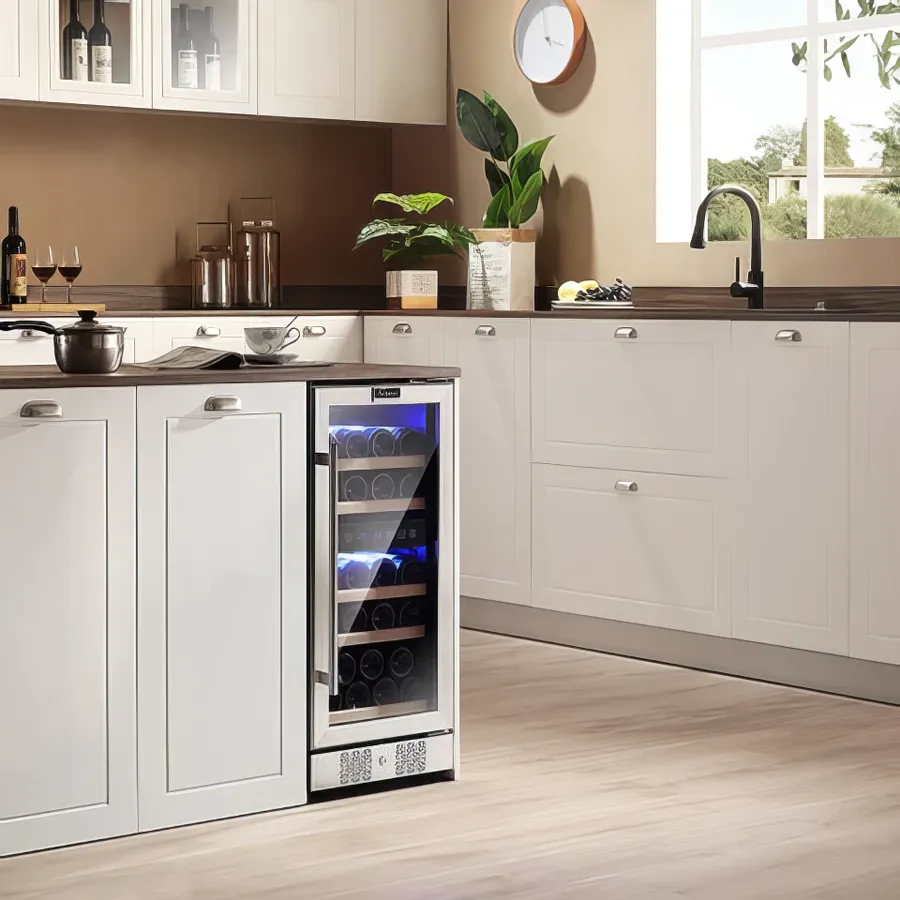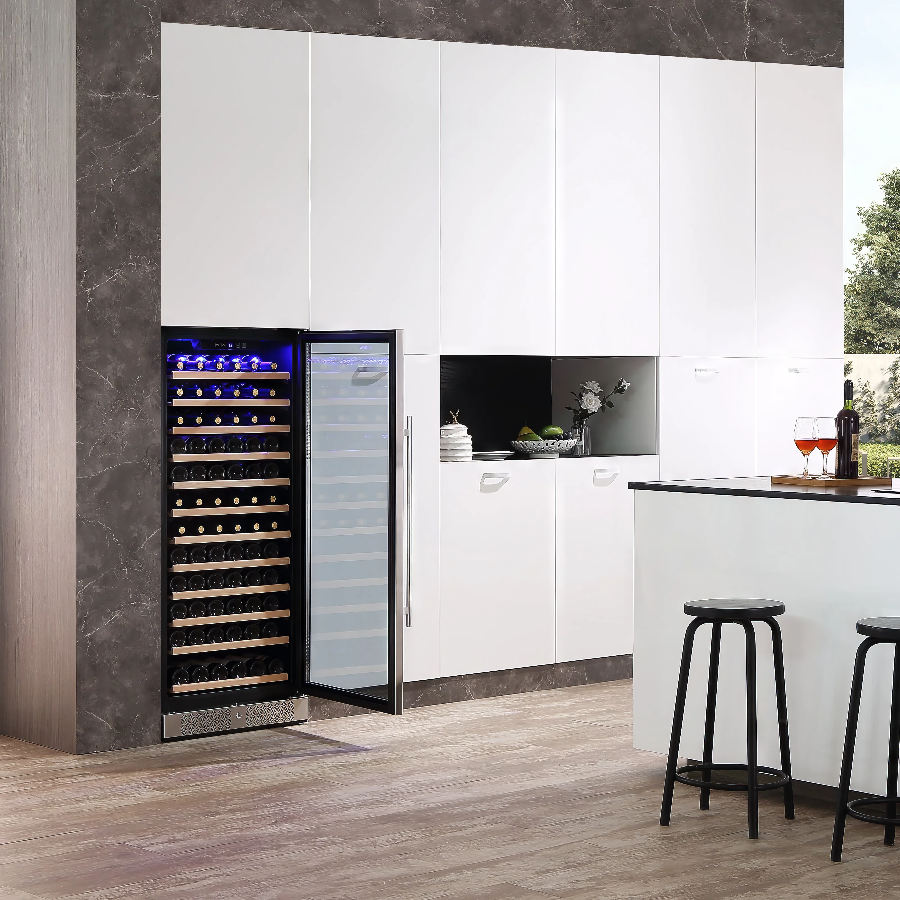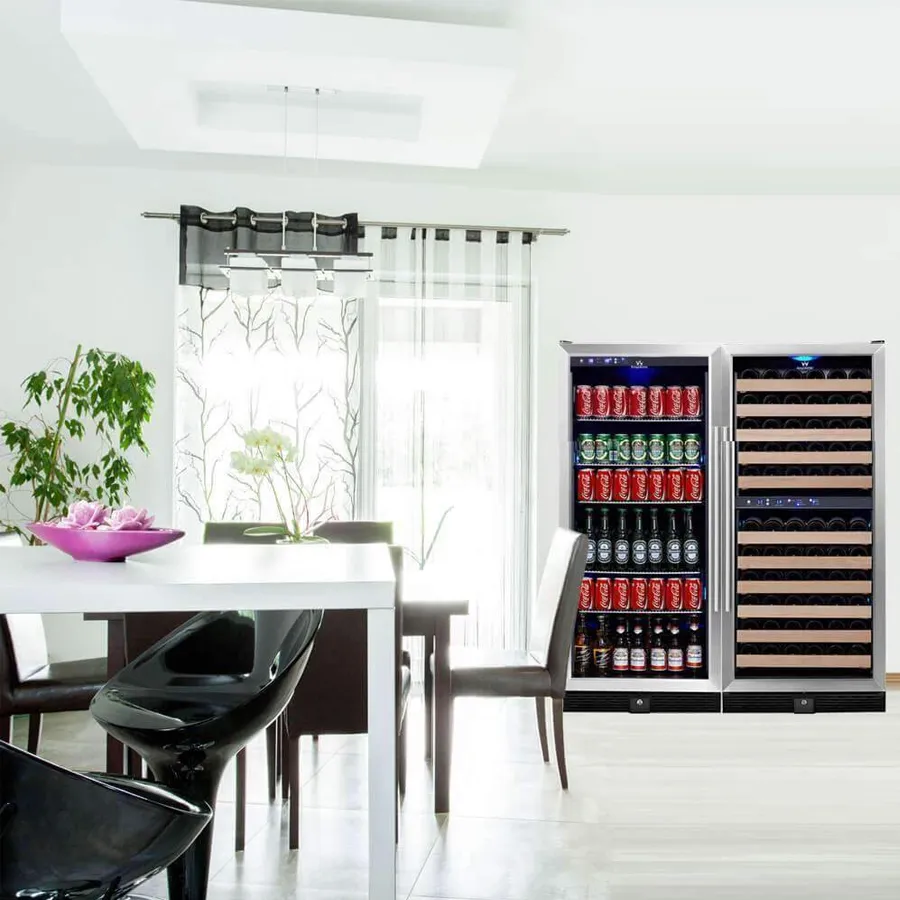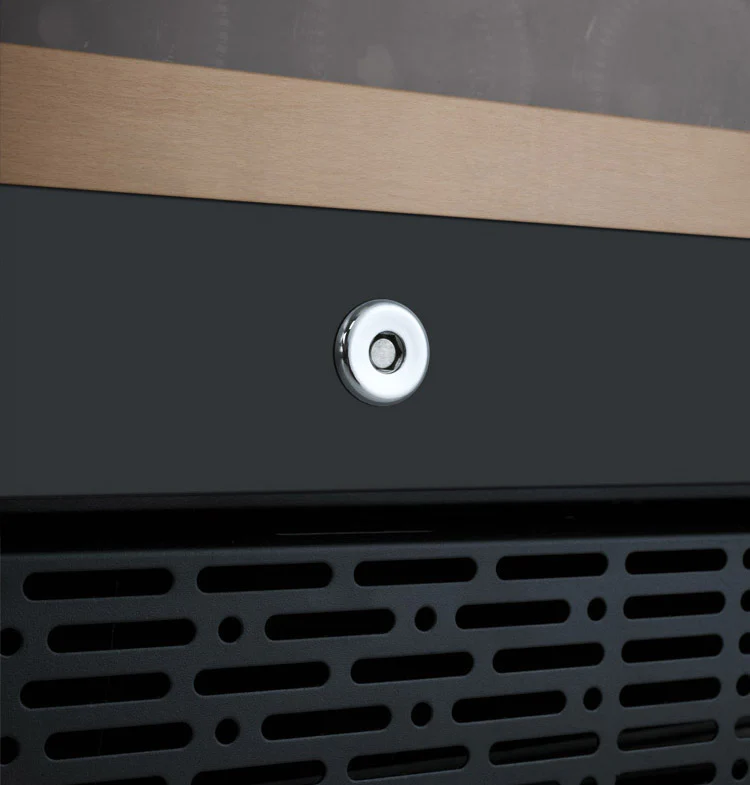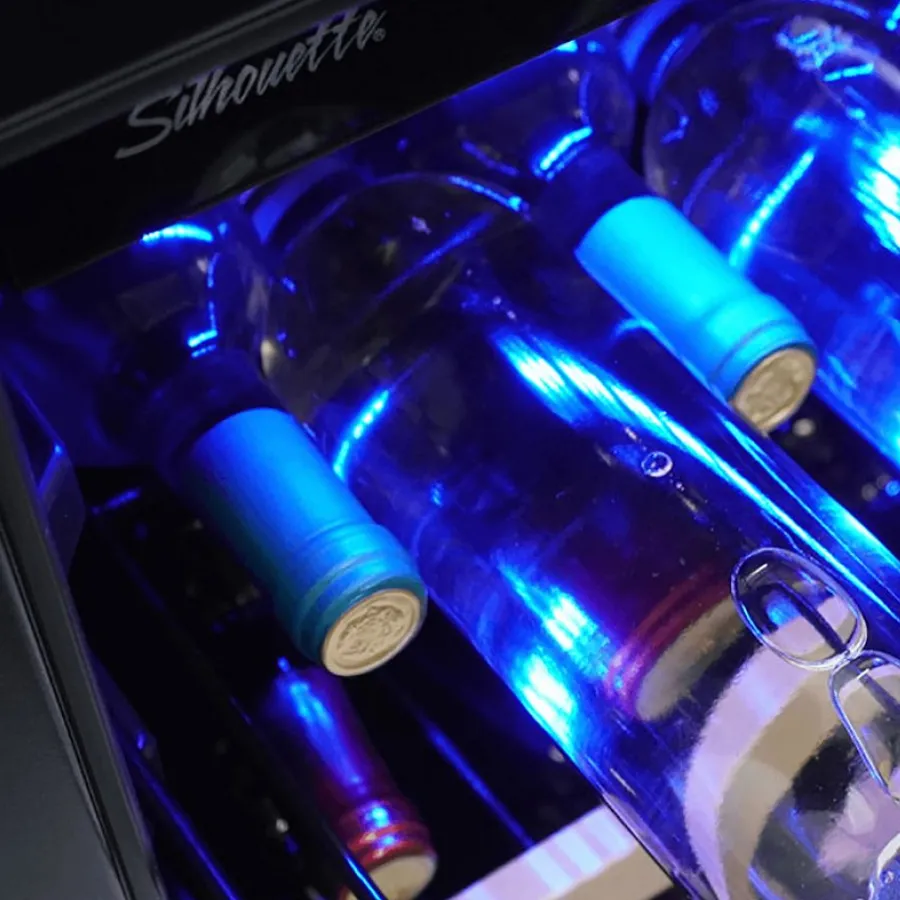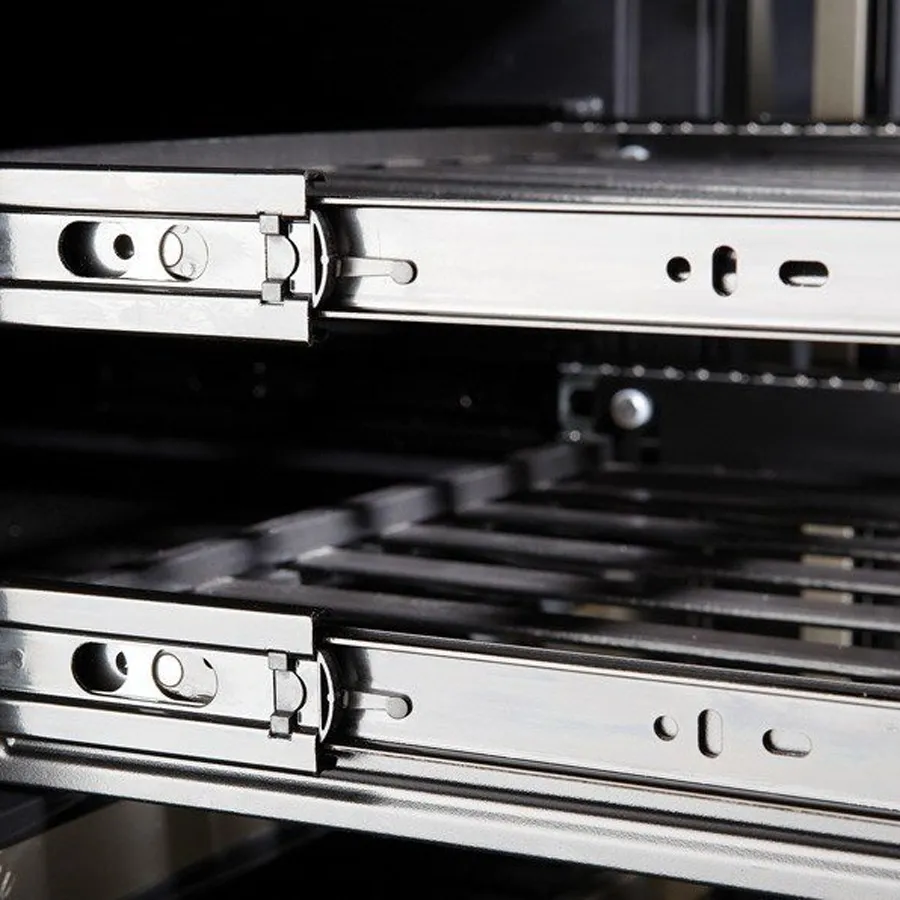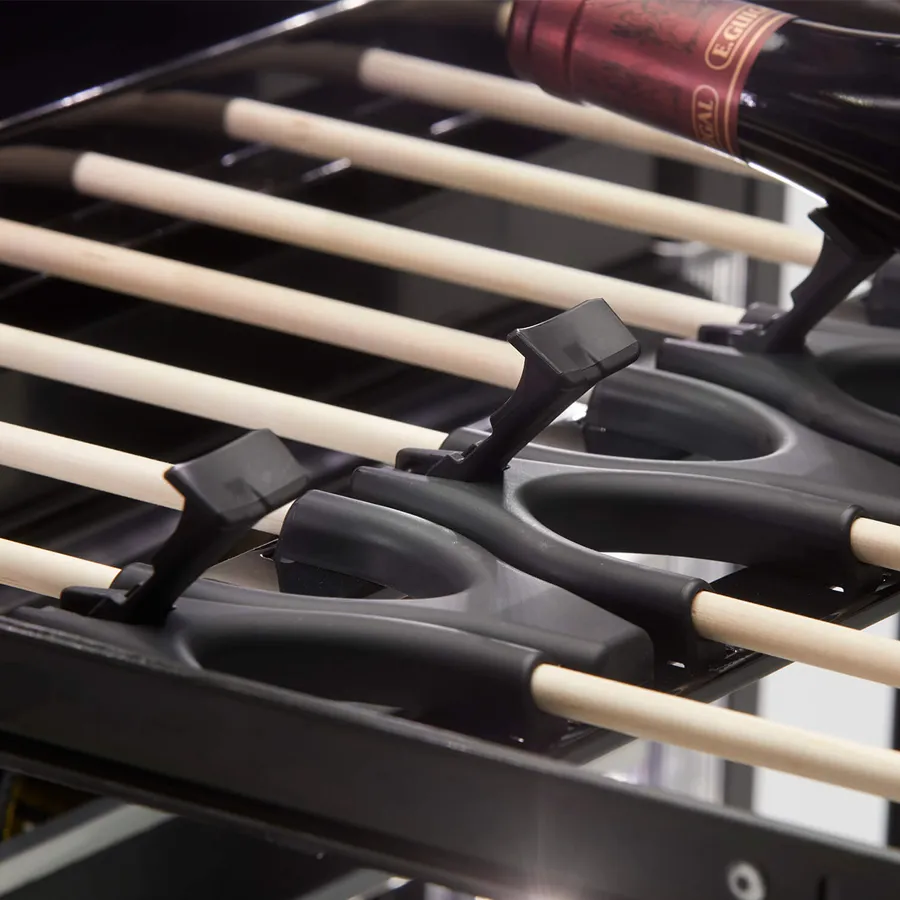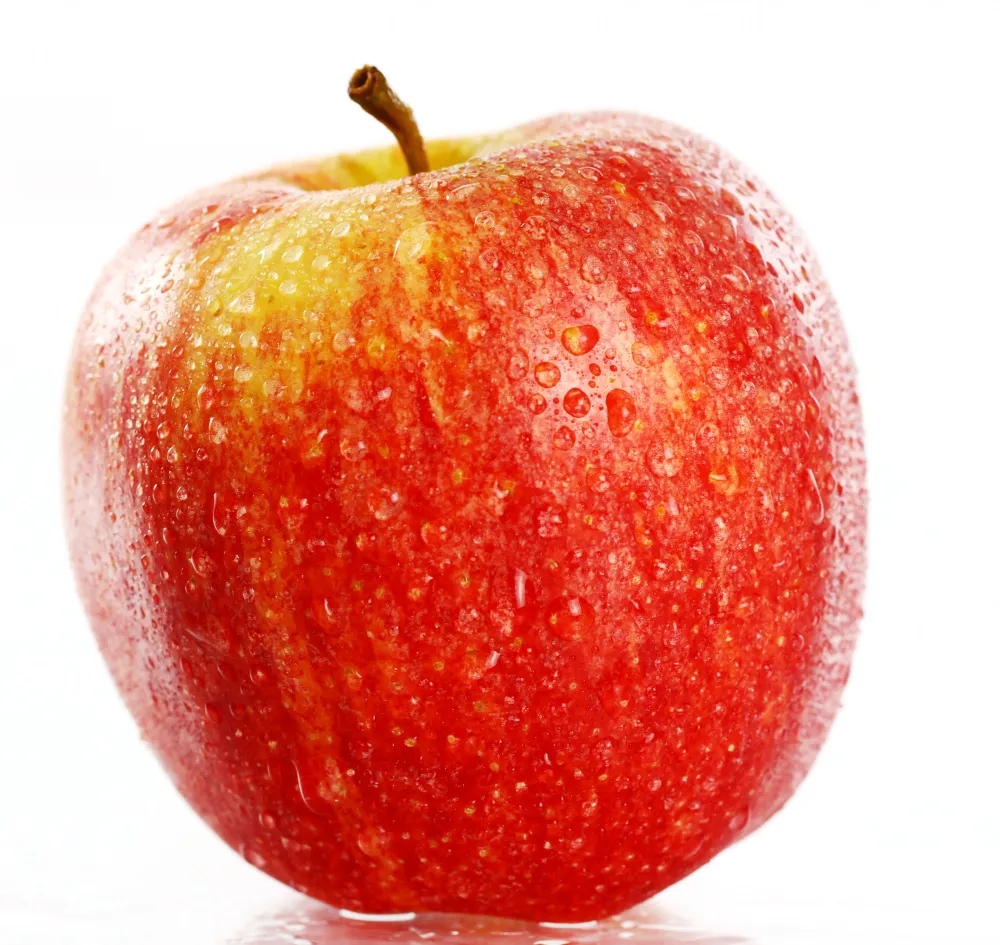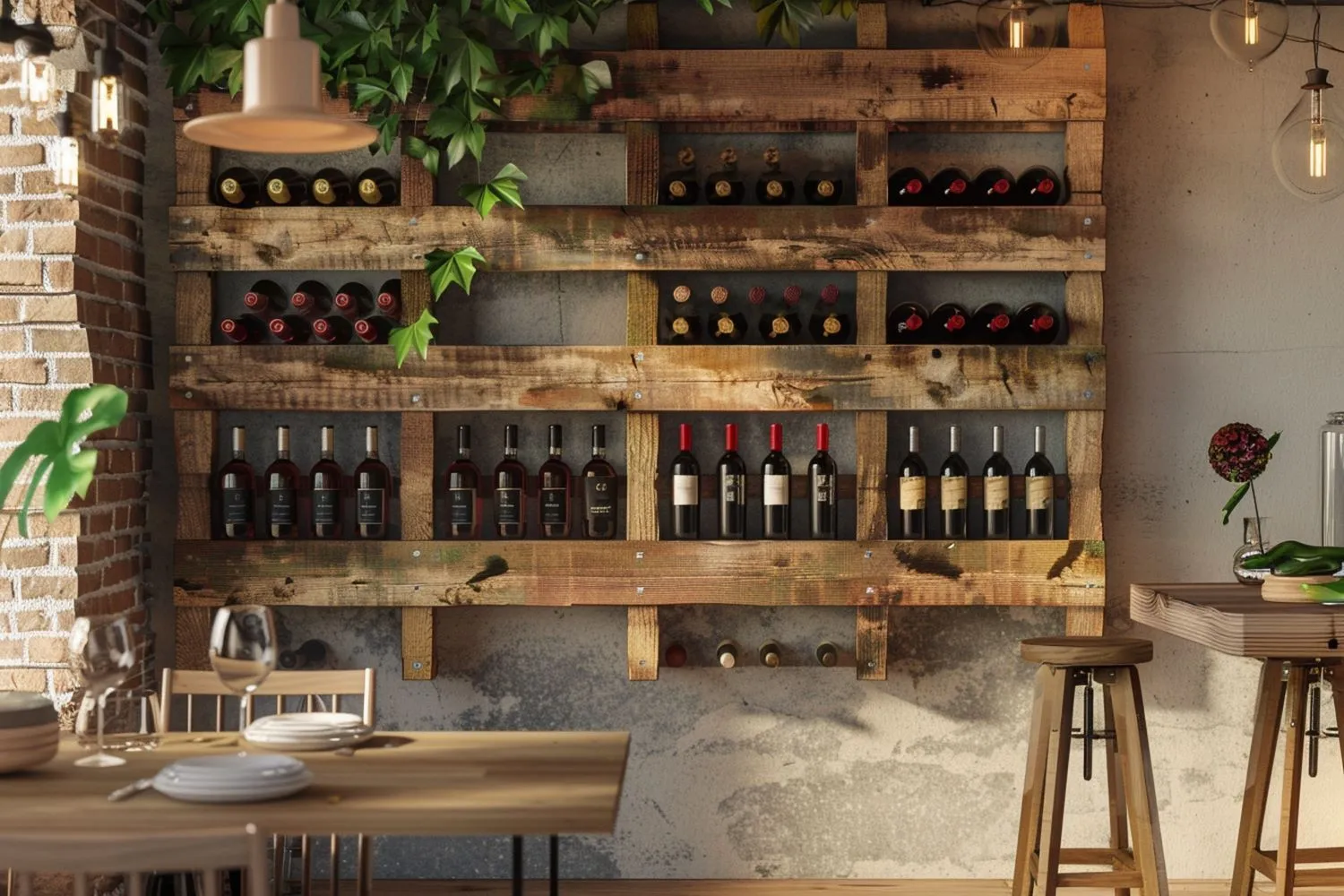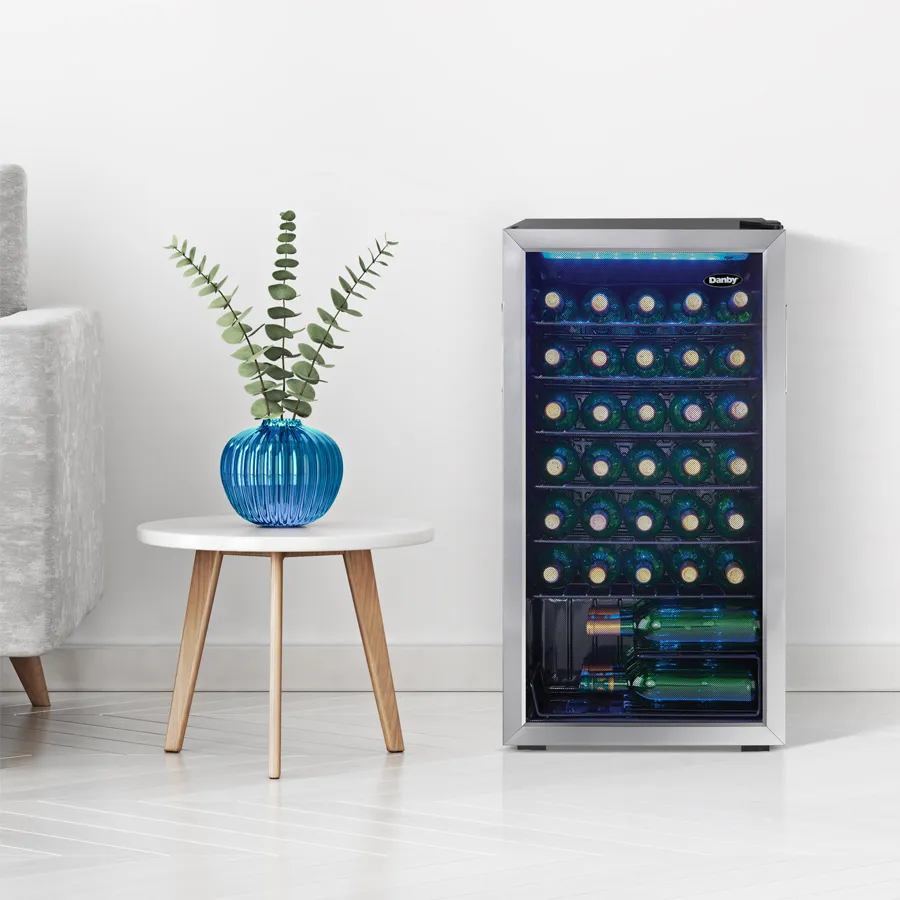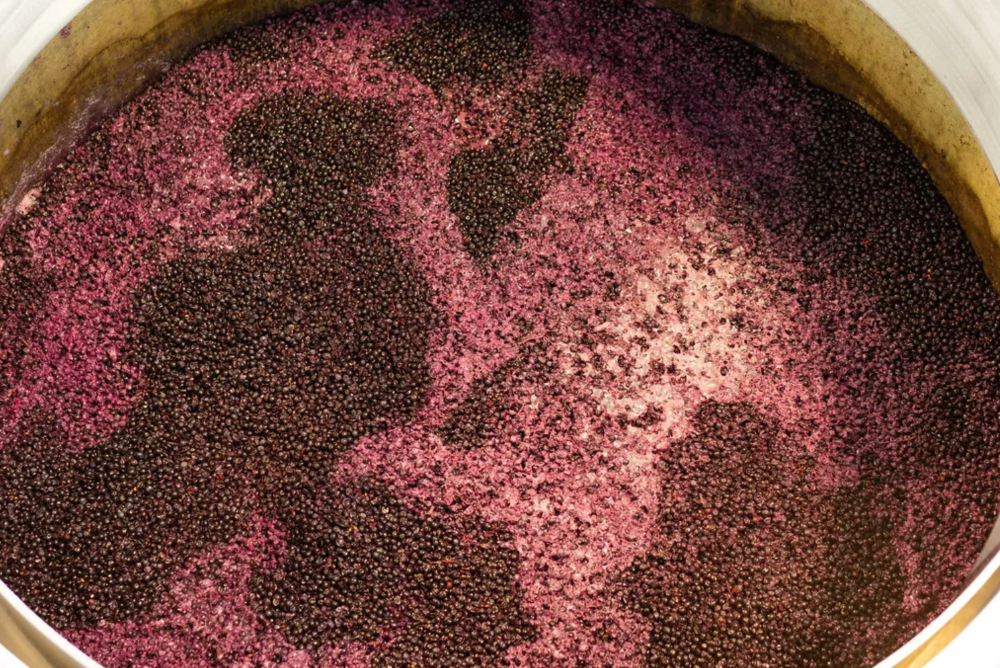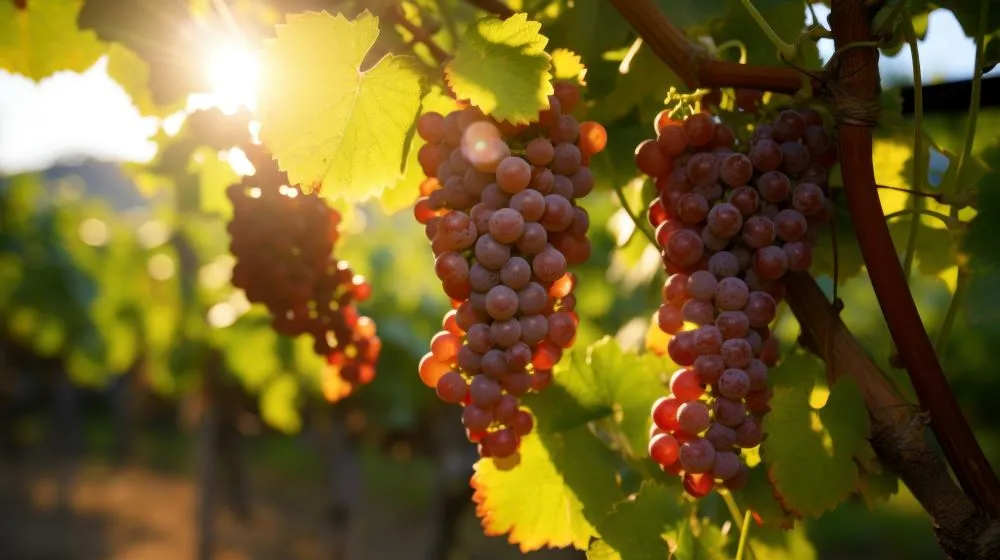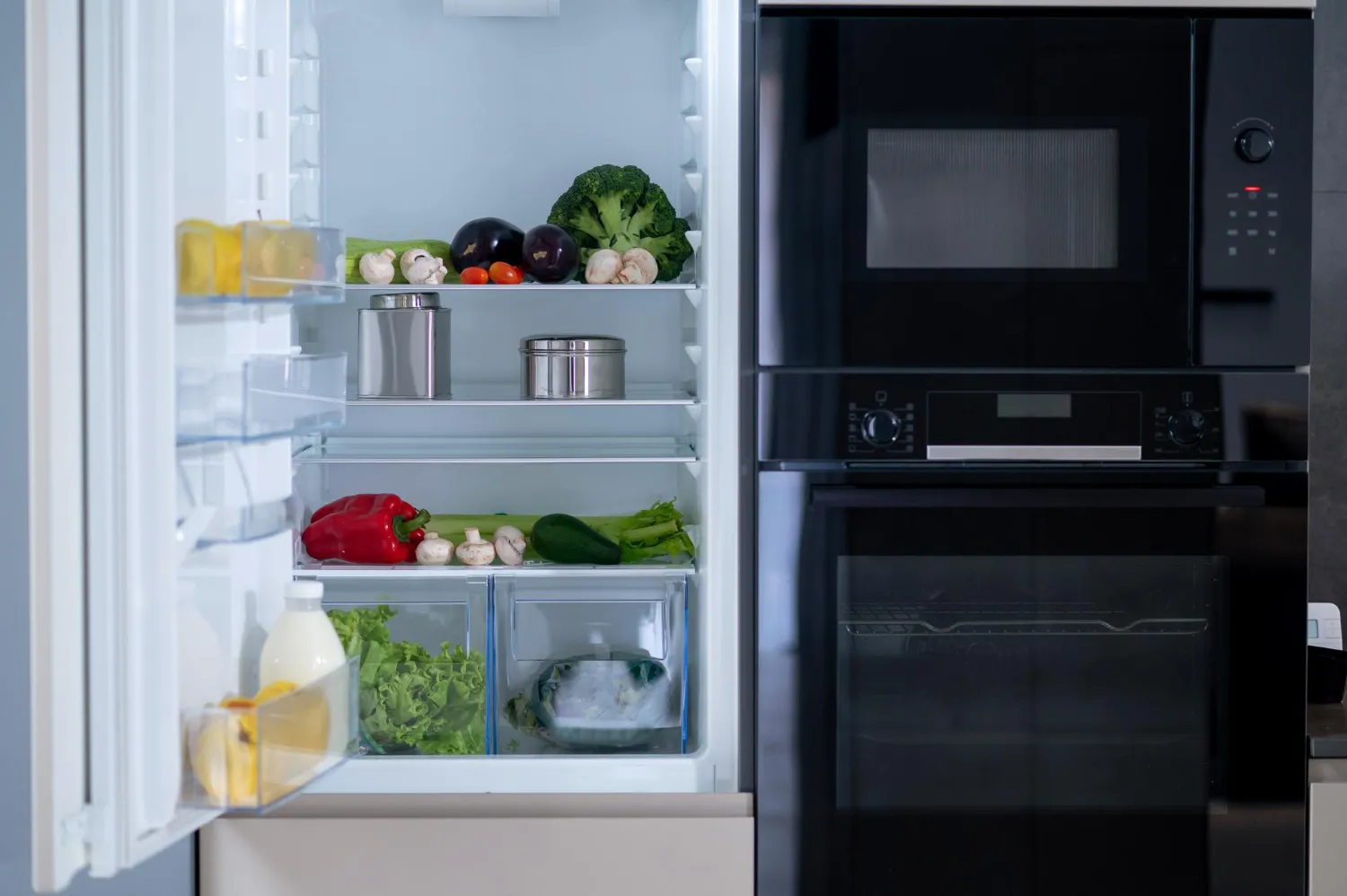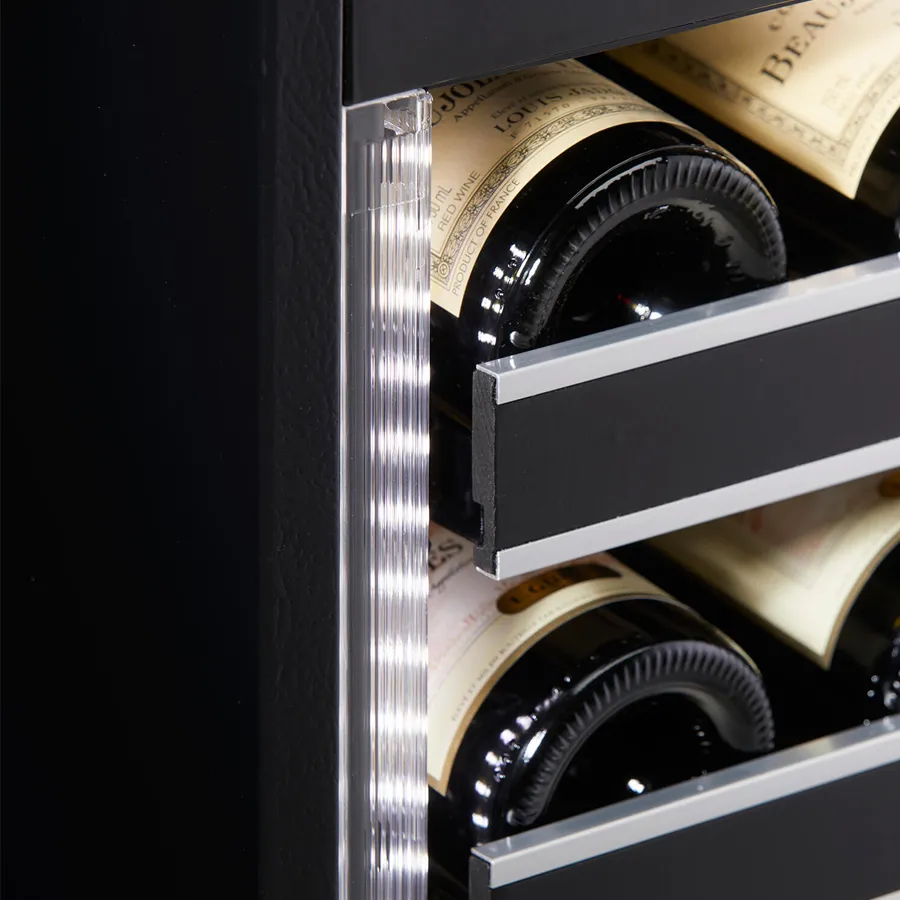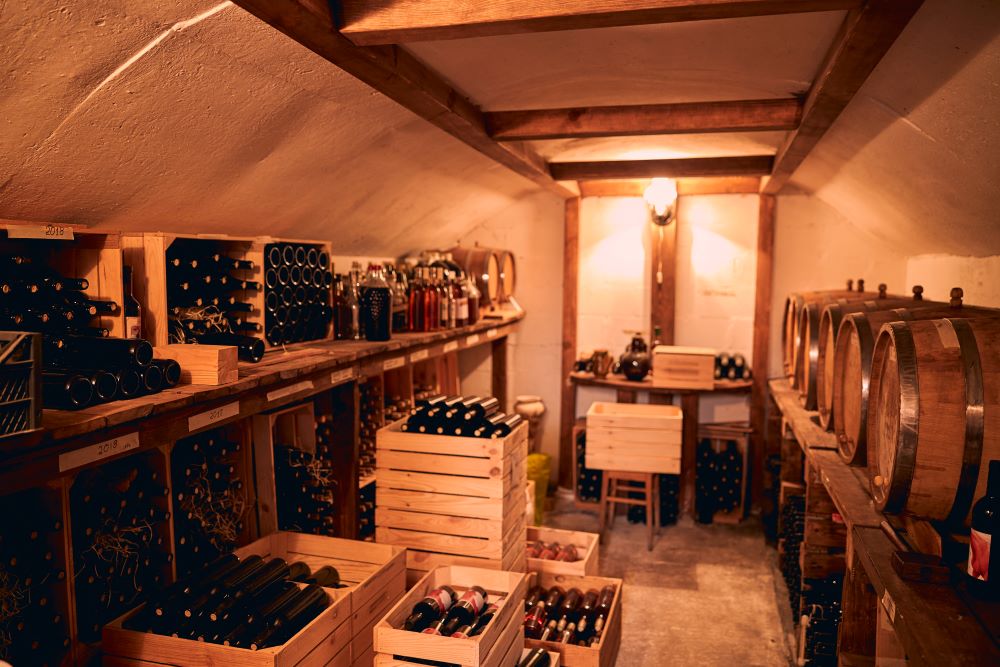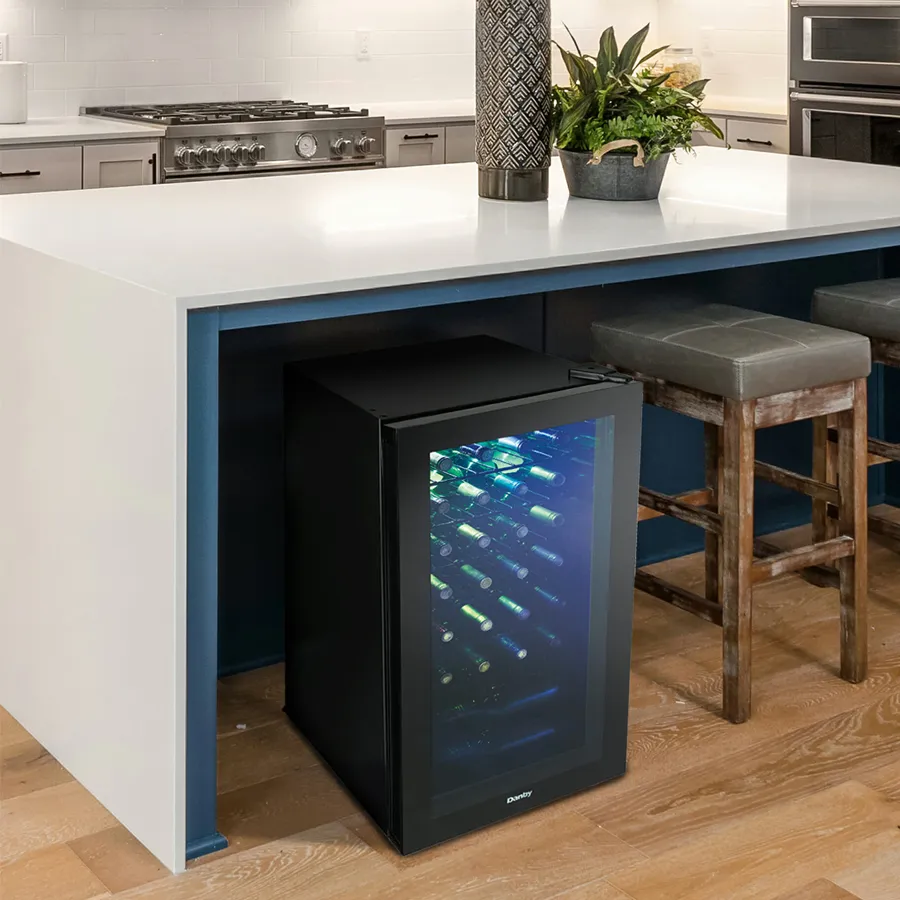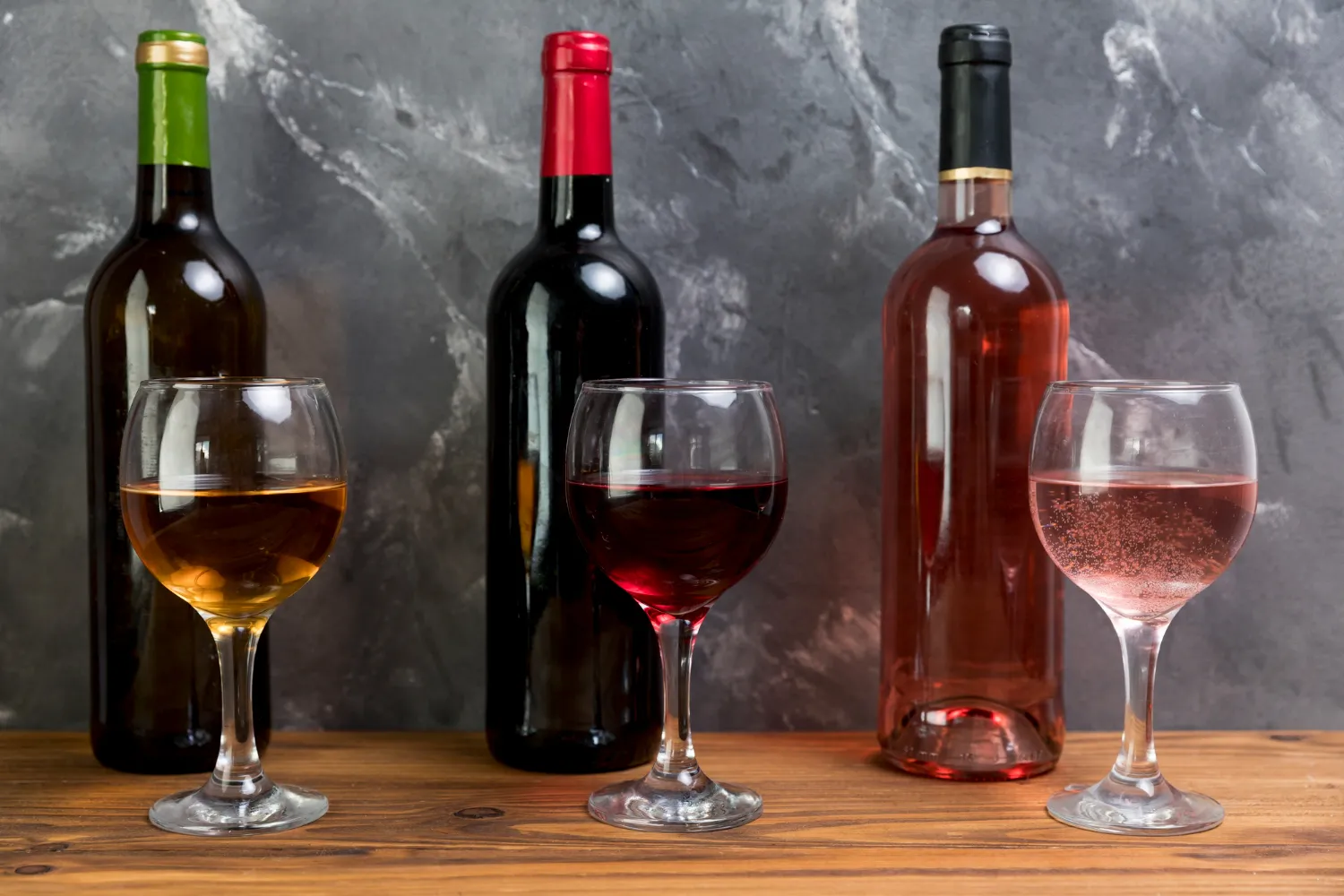There’s often confusion surrounding the differences between wine coolers and wine cabinets, but in reality, they serve distinct purposes in the world of wine storage. While wine coolers are compact units designed for short-term storage of smaller bottle collections, wine cabinets are more sophisticated and cater to larger collections, offering both short-term and long-term storage solutions. Both wine cabinets and wine coolers may feature multiple temperature zones, allowing for convenient storage of both aging wines and ones ready for immediate consumption. For those without a traditional wine cellar, investing in a wine cabinet is the next best option for preserving and displaying a wine collection with care and precision.
About Wine Cabinet
Design and Construction
The anatomy of a wine cabinet includes various components that make it distinct from a wine cooler. Wine cabinets are designed with a focus on durability and aesthetic appeal, often constructed with high-quality materials such as wood or metal. The shelves inside a wine cabinet are typically adjustable to accommodate different bottle sizes and shapes, providing flexibility for organizing your collection.
Temperature Control Features
For precise temperature control, wine cabinets are equipped with advanced cooling systems that maintain a steady temperature ideal for storing both short-term and long-term wines. Some models offer dual temperature zones, allowing you to store reds and whites at their optimal serving temperatures simultaneously. The ability to control temperature variations ensures that your wines age gracefully and preserve their flavors. For instance, a wine cabinet may feature a digital display panel where you can set and monitor the temperature settings for each zone. This user-friendly interface makes it easy to customize the environment for your specific wine storage needs.
Humidity Management Systems
Humidity is a critical factor in wine storage, and wine cabinets are designed with humidity management systems to prevent corks from drying out and compromising the wine quality. These systems help maintain the ideal humidity level within the cabinet, ensuring that your wine bottles are properly sealed and protected from external elements. This ensures that your collection ages gracefully and maintains its desired flavor profile over time. Some wine cabinets are equipped with features such as UV-resistant glass doors or insulated walls to further protect your wines from light exposure and temperature fluctuations. Humidity control is crucial for preserving the quality of your wines, and wine cabinets are designed with features that help regulate moisture levels to prevent mold growth and oxygen exposure. By maintaining optimal humidity levels, wine cabinets ensure that your collection ages gracefully and retains its flavor integrity.
Capacity and Scalability
Because capacity affects how many bottles you can store and how the cabinet can grow in the future, it is an important factor to take into account when selecting a wine cabinet. Wine cabinets come in various sizes to accommodate different collection sizes, ranging from small units that hold a dozen bottles to larger cabinets that can store hundreds of bottles.
Exploring Wine Coolers
Compact Design and Portability
Portability is a key feature of wine coolers, making them ideal for those with limited space or who enjoy hosting events in different areas of their home. These coolers are designed to be compact, allowing them to easily fit on countertops or in small spaces. The portability factor also makes them convenient for outdoor gatherings or parties where you want to have your wine readily accessible.
Different Types of Cooling Technology
The cooling technology used in wine coolers can vary, with options ranging from compressor-based systems to thermoelectric cooling. Compressor-based coolers are more efficient at cooling larger collections of wine quickly, while thermoelectric coolers are quieter and vibration-free, making them suitable for long-term storage of more sensitive wines. Assume that you select a wine cooler with the appropriate cooling technology based on your needs and preferences.
| Compressor-Based Cooling | Thermoelectric Cooling |
| Efficient for large collections | Quieter and vibration-free |
| Rapid cooling | Suitable for long-term storage |
| May produce more noise | Energy-efficient |
| Suitable for short-term storage | May have temperature fluctuations |
Single vs. Dual Temperature Zones
Temperature control is a crucial factor when storing wine, and wine coolers offer the choice between single and dual temperature zones. Single-zone coolers maintain a consistent temperature throughout the unit, ideal for storing one type of wine. On the other hand, dual-zone coolers allow you to store different types of wine at their optimal temperatures simultaneously, offering more versatility in wine storage. Temperature control is paramount when selecting the right wine cooler for your collection.
| Single Temperature Zone | Dual Temperature Zones |
| Consistent temperature | Separate temperature for different wines |
| Ideal for one type of wine | Versatile for various wine types |
| Simple temperature control | Optimal storage conditions |
| May limit wine variety | Greater flexibility in wine storage |

Ideal Usage Scenarios for Wine Coolers
Usage scenarios for wine coolers vary depending on individual preferences and needs. These compact units are perfect for individuals with smaller wine collections looking to store their wine in an accessible and controlled environment. With the flexibility in cooling technology and temperature zones, wine coolers can cater to both short-term storage needs and long-term preservation. With the right wine cooler, you can enhance your wine storage experience and enjoy your favorite bottles at their best.
With the wide range of options available in the market, selecting the right wine cooler can seem overwhelming. However, by considering factors such as cooling technology, temperature zones, and usage scenarios, you can narrow down your choices to find the perfect fit for your wine collection. Ensure that you assess your specific needs and preferences to make an informed decision on the ideal wine cooler for your home.
Wine Cabinet Vs Wine Cooler
Storage Capacity and Collection Size
Assessing Your Storage Needs: Size is an important factor to consider when choosing between a wine cabinet and a wine cooler. Assessing your storage needs is crucial to determine which option is best suited for your collection. If you have a smaller collection of wine bottles and need a compact unit for short-term storage, a wine cooler may be sufficient. However, if you have a larger collection or plan to store wine for the long term, a wine cabinet with greater capacity would be more appropriate.
Comparing Bottle Capacity Options: When comparing bottle capacity options between wine cabinets and wine coolers, it is important to consider the size of your collection and how many bottles you plan to store. Wine coolers generally have a smaller capacity, making them suitable for short-term storage of a limited number of bottles. On the other hand, wine cabinets offer larger storage capacities, making them ideal for those with extensive collections or who wish to store wine for a longer period.
Capacity
| Wine Coolers | Smaller capacity, suitable for short-term storage |
| Wine Cabinets | Larger capacity, suitable for long-term storage and larger collections |
Long-Term Storage Vs. Ready-to-Serve
Optimal Conditions for Long-Term Aging
Your wine cabinet is the perfect solution for long-term storage of your wine collection. Regarding aging wine, optimal conditions are crucial to ensure that your bottles develop complex flavors and aromas over time. The ideal temperature for aging wine is typically between 55-57 degrees Fahrenheit, with humidity levels around 70%. These conditions are vital for allowing the wine to mature gracefully without any risk of spoilage or premature aging.
Serving Temperature Considerations
Your wine cooler, on the other hand, is designed to keep your wine at the ideal serving temperature. Different types of wine require different serving temperatures to bring out their best flavors and aromas. For example, white wines are usually served cooler than red wines, with sparkling wines at an even lower temperature. Your wine cooler allows you to control the temperature settings to ensure that each bottle is served at its optimal temperature.
| Optimal Conditions for Long-Term Aging | Serving Temperature Considerations |
| Temperature: 55-57°F Humidity: 70% |
White wines: 45-55°F Red wines: 60-68°F Sparkling wines: 40-50°F |
Aesthetics and Placement in Home
Integrating into Home Decor
Despite the functional purpose of wine cabinets and wine coolers, they can also serve as stylish additions to your home decor. When considering the placement of these units, it is important to take into account the overall aesthetic of the room. Wine cabinets are typically more sophisticated in design and may be better suited for integration into a more formal or elegant setting. On the other hand, wine coolers, with their compact size, can easily blend into a more casual or modern environment.
Built-in Vs. Freestanding Solutions
Placement plays a crucial role in deciding between built-in and freestanding wine storage solutions. Built-in wine cabinets offer a seamless and customized look, often requiring professional installation. These units are ideal for larger wine collections and can be integrated into existing cabinetry for a cohesive appearance. Note that built-in solutions can be more expensive and may restrict your options when it comes to moving. Conversely, freestanding wine coolers are easier to transport and provide greater versatility. They’re a fantastic choice for people who want to rearrange their room or aren’t convinced they should make the commitment to a long-term wine storage solution.
Energy Efficiency and Cost
Understanding Energy Consumption
Despite their differences, both wine cabinets and wine coolers are becoming more energy-efficient as technology advances. When considering the energy consumption of these units, it’s important to look at factors such as insulation, compressor type, and overall design.
Comparing Upfront and Long-Term Costs
| Upfront Costs | Long-Term Costs |
| Wine Coolers tend to be more affordable initially. | Wine Cabinets may have higher upfront costs but can offer better long-term storage options. |
With wine coolers, you may save money initially, but if you are looking for a long-term storage solution, investing in a wine cabinet may be more cost-effective in the long run.
Additional Features and Accessories
Security Features – Locks and Alarms
An important consideration when choosing between a wine cabinet and a wine cooler is the level of security features offered by each. Wine cabinets often come equipped with advanced security features such as locks and alarms, providing added protection for your valuable wine collection. These features can help prevent unauthorized access and ensure the safety of your wines, especially in larger collections stored for both short-term and long-term purposes.
Lighting and Visibility
One key feature to consider when evaluating wine cabinets and wine coolers is the lighting and visibility options. Lighting plays a crucial role in showcasing your collection and creating a visually appealing display. Wine cabinets typically offer customizable lighting options such as LED lights, allowing you to highlight specific bottles or areas within the cabinet. This not only enhances the aesthetic appeal of your collection but also makes it easier to locate and select a bottle for serving. Another aspect to consider is the visibility of the wine labels, which can be enhanced by well-placed lighting in the cabinet. By illuminating your bottles, you can easily read the labels and showcase your collection to guests. Additionally, proper lighting can create a sophisticated ambiance in your wine storage area, adding to the overall appeal of your wine cabinet.
Vibration Reduction Technologies
To ensure the longevity and quality of your wines, consider the vibration reduction technologies offered in wine cabinets and wine coolers. These technologies help minimize vibrations that can disturb the sediment in the wine and affect its aging process. Wine cabinets often come equipped with advanced vibration reduction features, such as shock-absorbing systems and quiet compressors, to ensure a stable storage environment for your wines. By investing in a wine cabinet with these technologies, you can protect the delicate flavors and aromas of your wines, especially in long-term storage situations. To further safeguard your wines against vibrations, some wine cabinets offer customizable settings to adjust the level of vibration reduction based on your specific storage needs. This flexibility allows you to tailor the storage conditions to suit different types of wine, ensuring optimal aging and preservation of your collection.
Shelving and Racking Variations
For wine enthusiasts with diverse collections, the shelving and racking variations offered by wine cabinets and wine coolers can make a significant difference in storage convenience. Wine cabinets often feature adjustable shelves and racking systems that can accommodate bottles of various sizes and shapes, allowing you to customize the layout based on your collection. Additionally, some wine cabinets offer sliding shelves or pull-out racks for easy access to your wines, making it simple to organize and retrieve bottles. For collectors with a mix of standard wine bottles, larger format bottles, and sparkling wines, the ability to customize the shelving and racking options in a wine cabinet is crucial for efficient storage. By selecting a wine cabinet with versatile shelving and racking variations, you can optimize your storage space and ensure that each bottle is properly stored and displayed.
To wrap up
Conclusively, while wine coolers may be more affordable and suitable for shorter-term storage of a smaller wine collection, wine cabinets offer a more sophisticated and versatile option for those with larger collections or a need for both short-term and long-term storage capabilities. Wine cabinets may come with additional features such as multiple temperature zones to cater to different types of wine or to accommodate immediate serving needs. If you do not have a wine cellar but are looking for a reliable storage solution for your wine collection, investing in a wine cabinet may be the best choice for you.
